The main components and functions of small loaders
2024-01-26
When you decide to buy a small loader, you not only need to understand the purpose of the small loader, but also need to understand the main components and functions of the machine. By understanding the main components and functions of small loaders, you can better understand the working principle of the equipment, improve operational efficiency, reduce the risk of failures and accidents, and carry out basic maintenance and repair when needed. If you are a loader operator, understanding these components can also help you select the right accessories and perform effective equipment management. OXPLO, as a professional manufacturer of small loaders, can give you some more professional introductions.
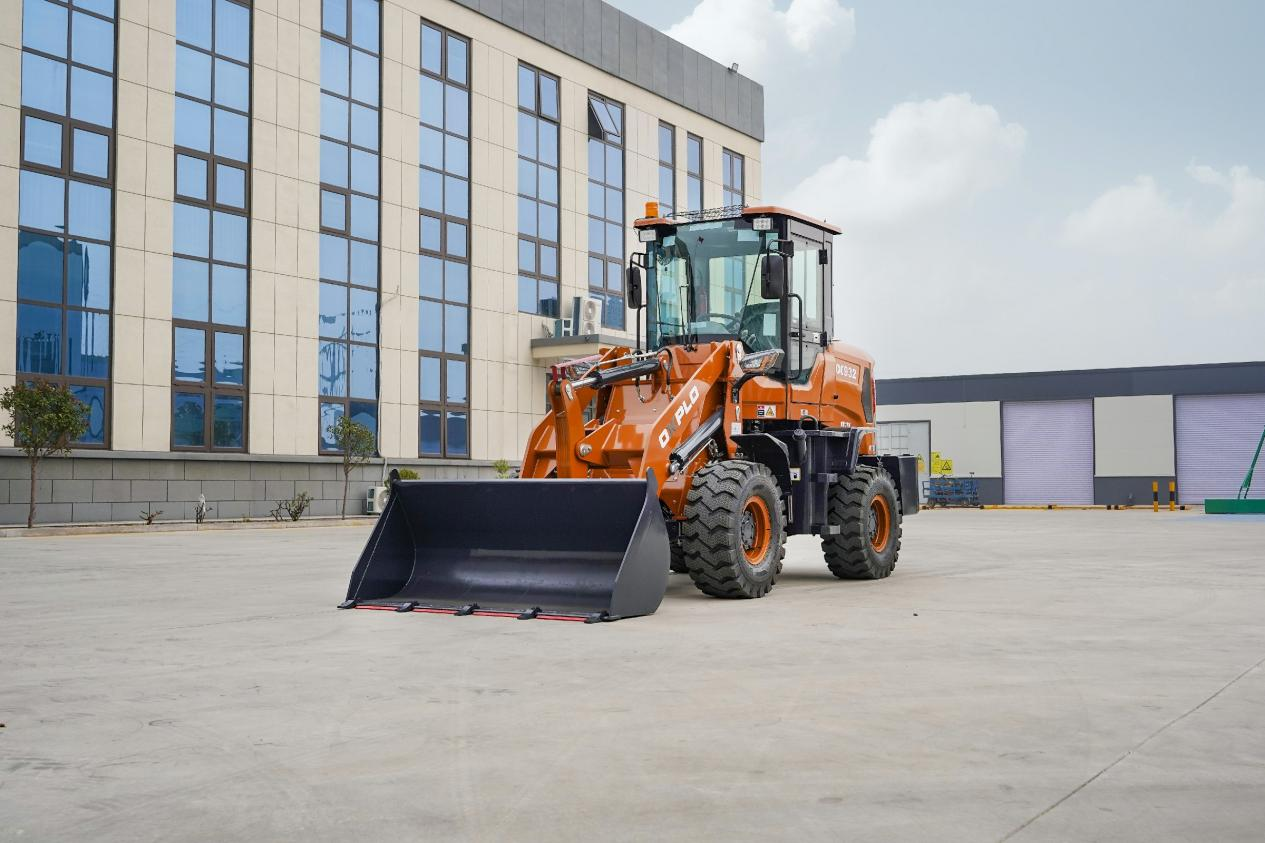
1. The engine is the power source of the loader, which converts fuel (usually diesel) into mechanical energy to drive the functions of the loader. The power provided by the engine can drive the hydraulic system, tires or tracks, allowing the loader to carry out loading, driving and steering operations.
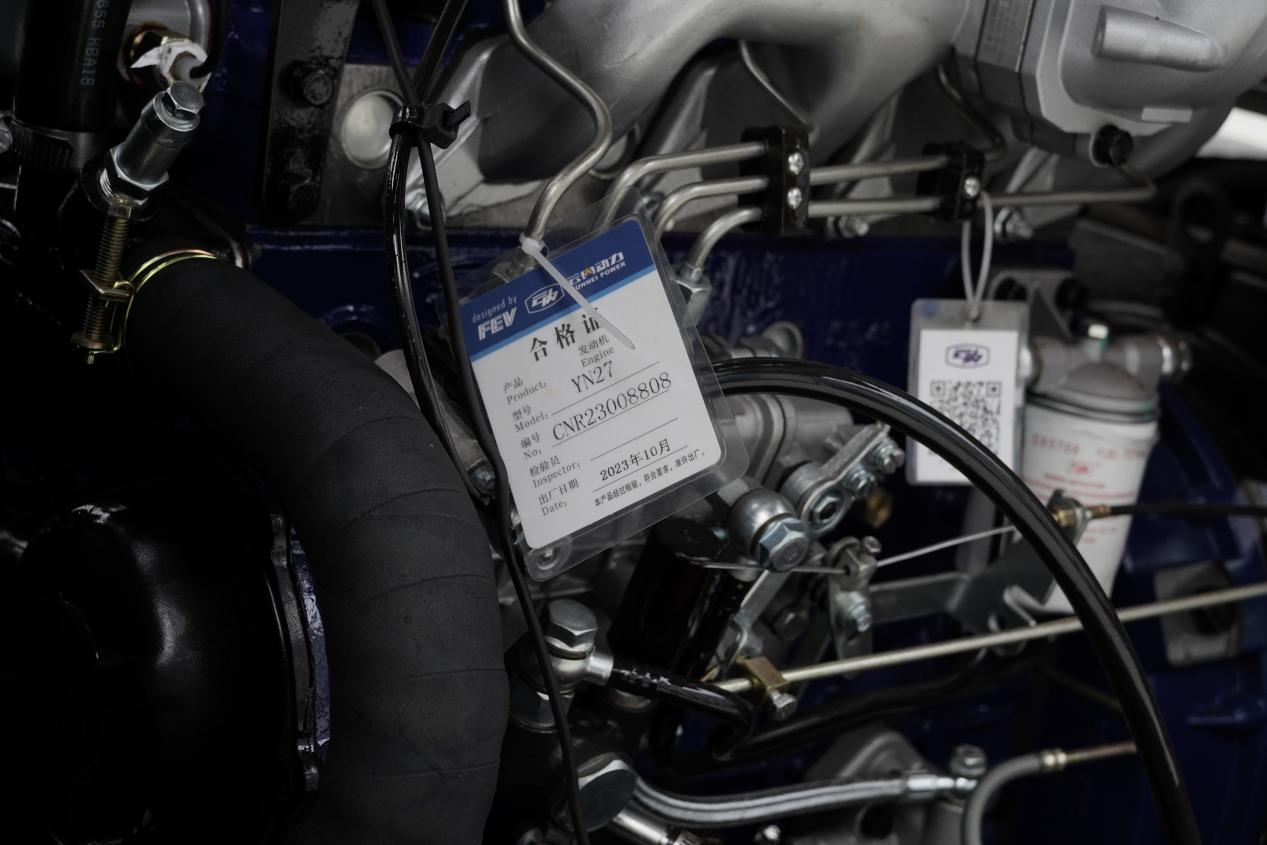
2. Hydraulic system: The hydraulic system is a key part of the loader, which uses the mechanical properties of the liquid to transfer energy and control mechanical movement. The hydraulic system consists of hydraulic pump, hydraulic cylinder, hydraulic valve and other components. The hydraulic pump converts the liquid into fluid kinetic energy, and the hydraulic cylinder uses the liquid pressure to push the loading bucket, lifting arm, and so on. The hydraulic valve is used to control the flow and pressure of the hydraulic system, so that the functions of the loader can be accurately controlled.

3. Car body: The body of the loader is the support and fixed structure of the whole machine, which carries other components and provides a stable platform. The car body is usually made of strong steel or cast iron to ensure that the loader has sufficient strength and rigidity when working. The body also needs to be designed with a reasonable center of gravity and balance to ensure the stability and safety of the loader in the work.
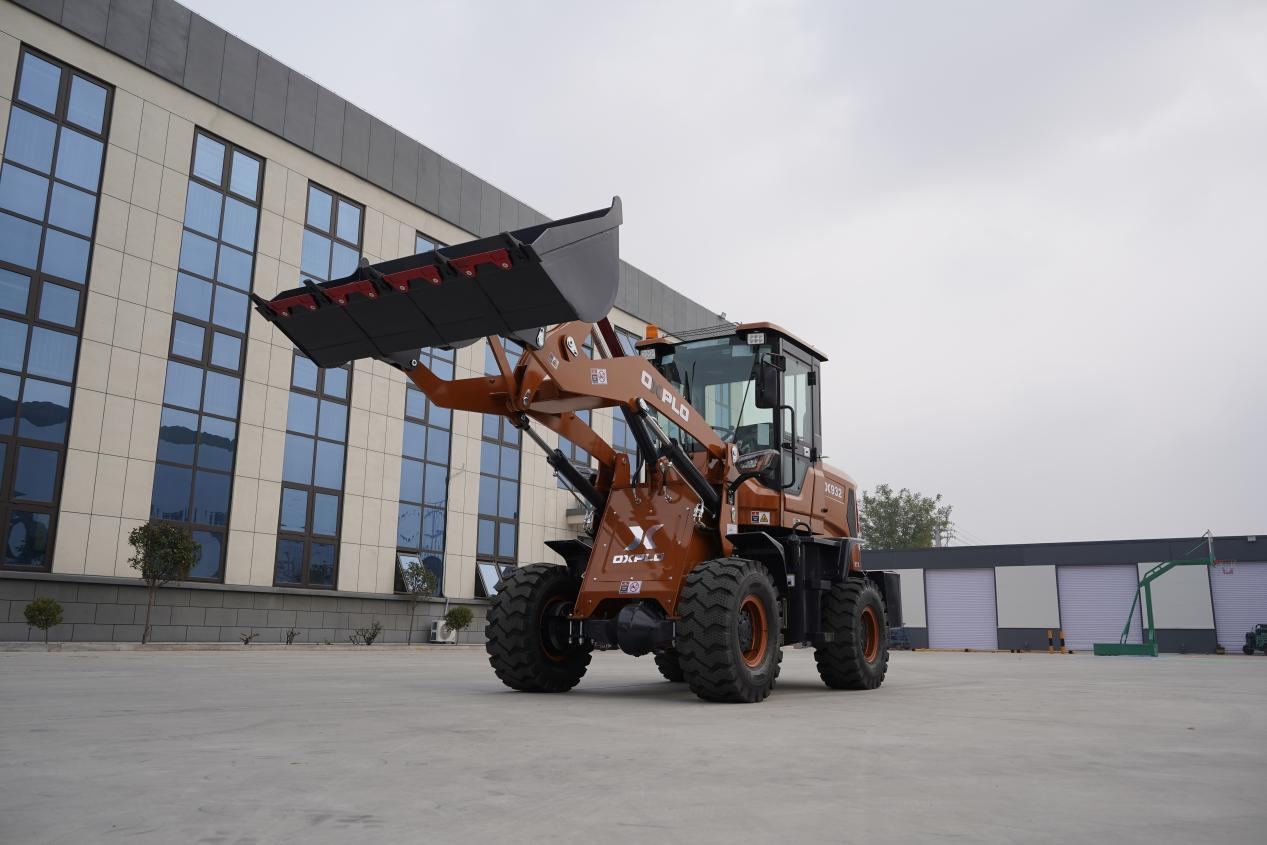
4. Walking system: The walking system of small loaders is divided into tires and tracks, which are responsible for providing traction and driving ability. Most small loaders use tires, and the choice of tires depends on the specific working environment and terrain conditions. The design and material of tires need to take into account factors such as load capacity, grip and wear resistance. In some cases, in order to increase the traction and stability of the loader, some small loaders will also use tracks.

5. Loading bucket: The loading bucket is the main working device of the loader, which is used for loading, unloading and handling materials. The loading bucket is usually made of wear-resistant steel plate and has a certain volume and tilt function. It can be lifted up and down and tilted through the control of the hydraulic system to adapt to different work needs. The design and size of the loader depends on the type and purpose of the loader, and some loading buckets are also equipped with teeth or blades to increase their grabbing and cutting capabilities.
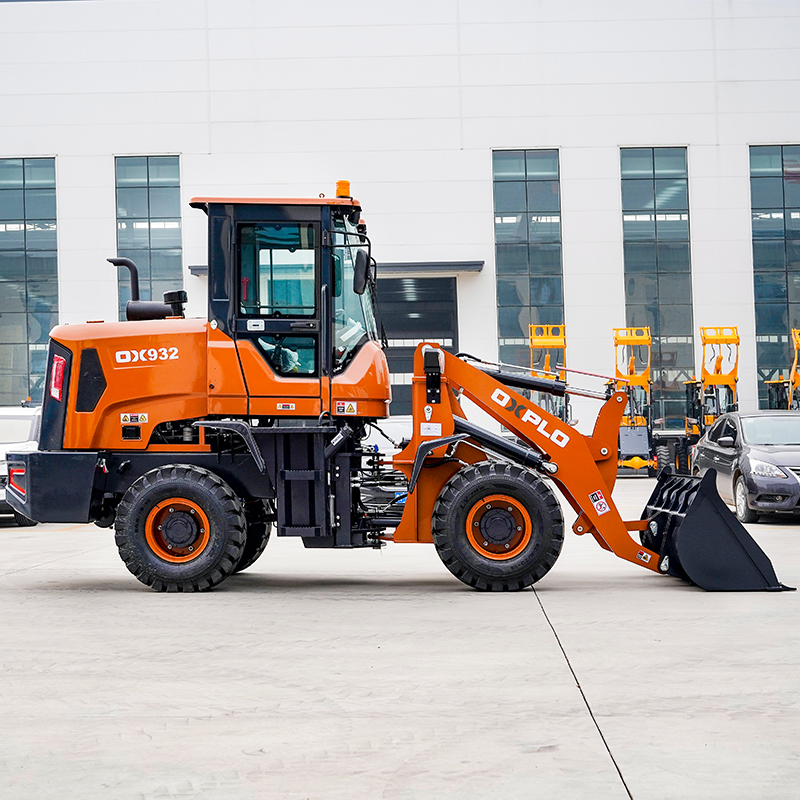
6. Control system: The control system includes the operating rod, control handle and control valve, etc., used to operate and control the functions of the loader, the joystick and control handle are usually located in the cab, the operator through them to control the movement of the loading bucket, lifting arm, etc. Control valve according to the control system input new number. Adjust the flow and pressure of the hydraulic system, so as to achieve accurate control of various functions of the loader.
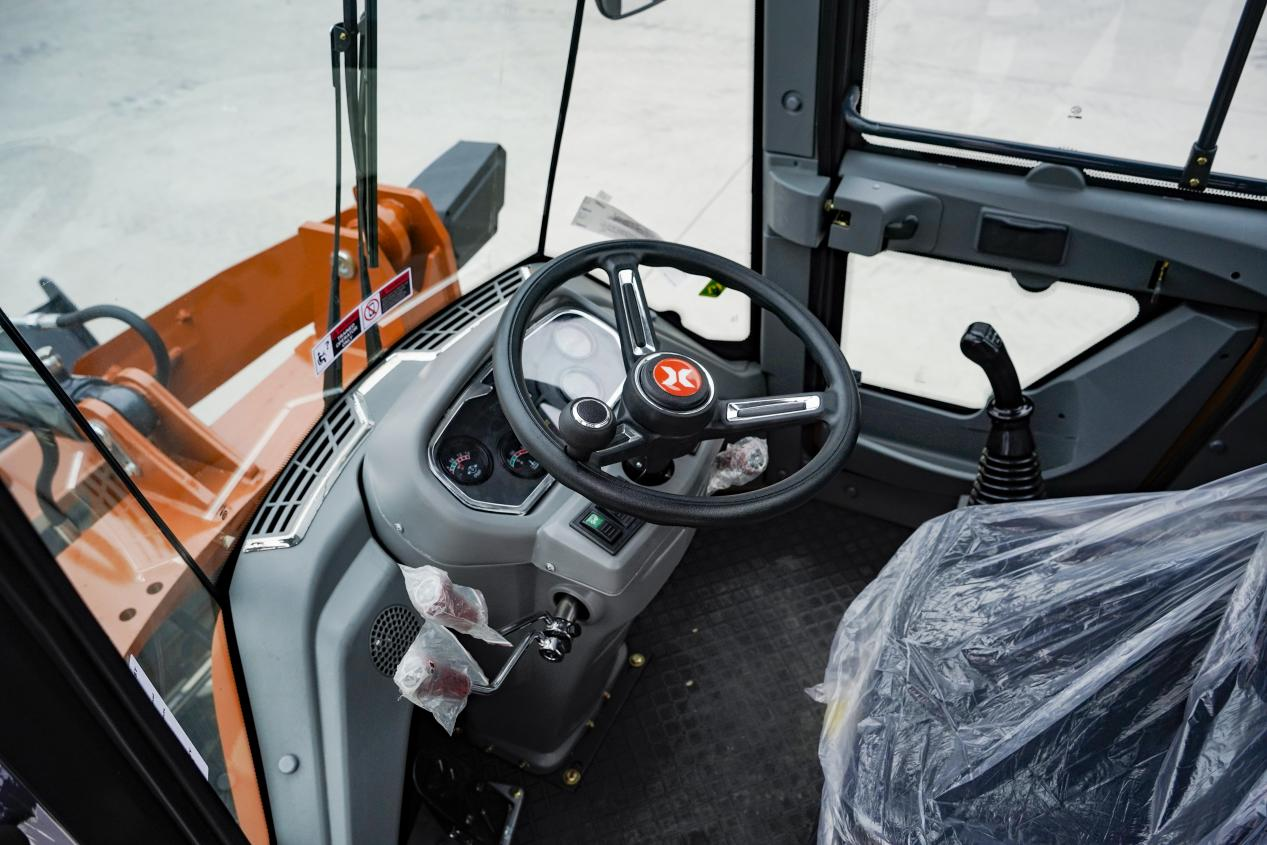
7. Lighting and electrical system: The lighting and electrical system ensures that the loader has good lighting and electrical functions when working. The lighting system includes headlights, rear taillights, turn signals, etc. to provide illumination to ensure that the operator can see the work area clearly in low light conditions. Electrical systems, including batteries, wires, switches and dashboards, are used to provide power supply and monitor the parameters and status of the loader.
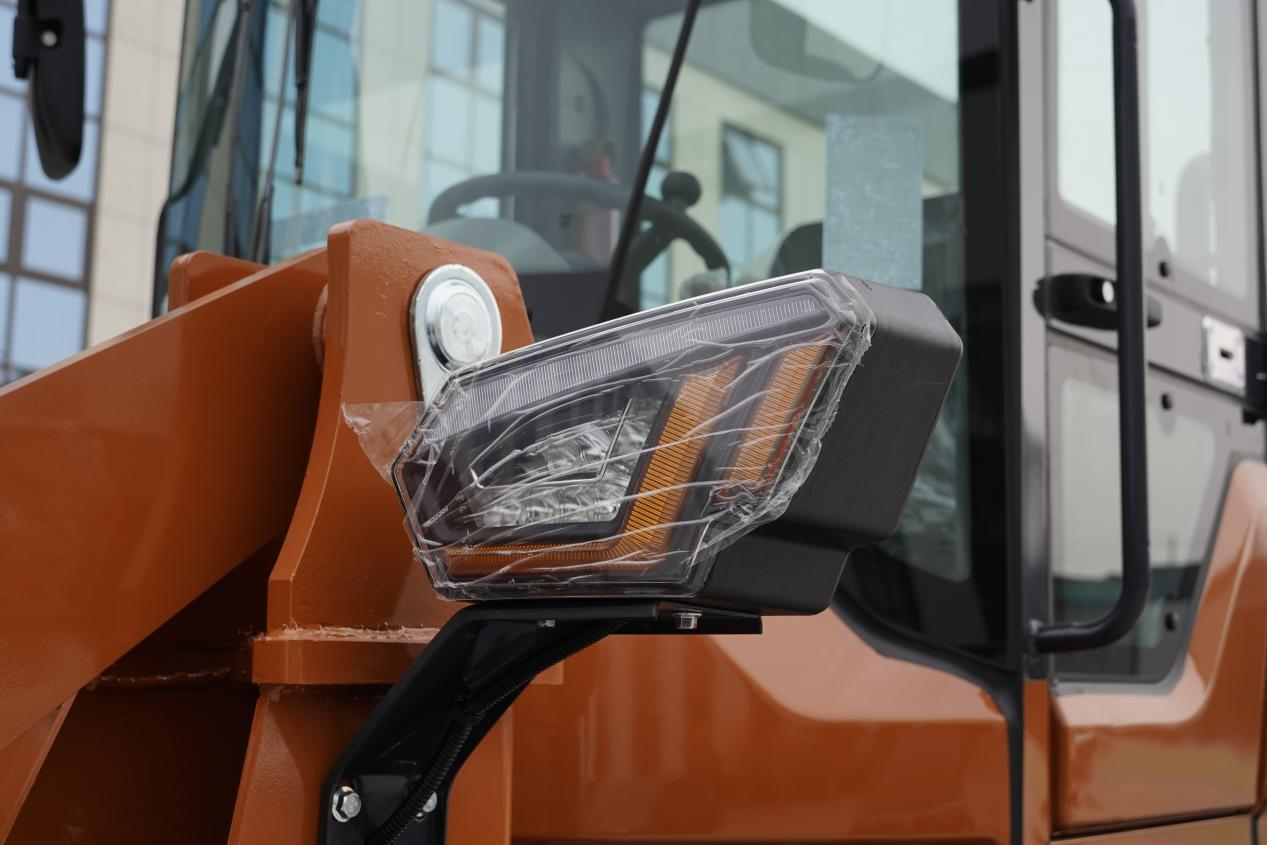
These important components work together to enable small loaders to perform a variety of tasks efficiently, such as digging, loading, leveling, etc. Their coordinated operation and precise control make the loader a flexible and powerful construction machine.




